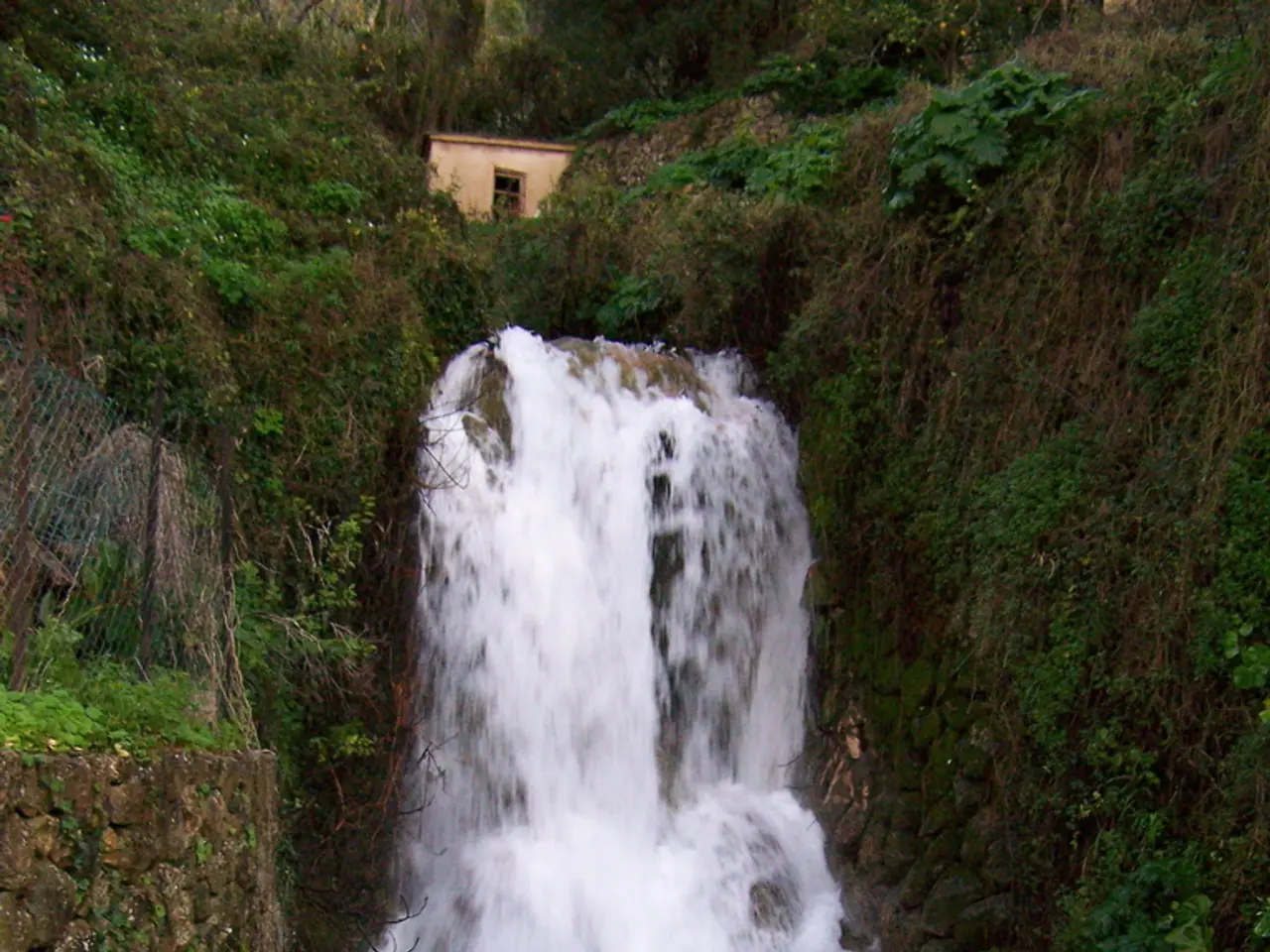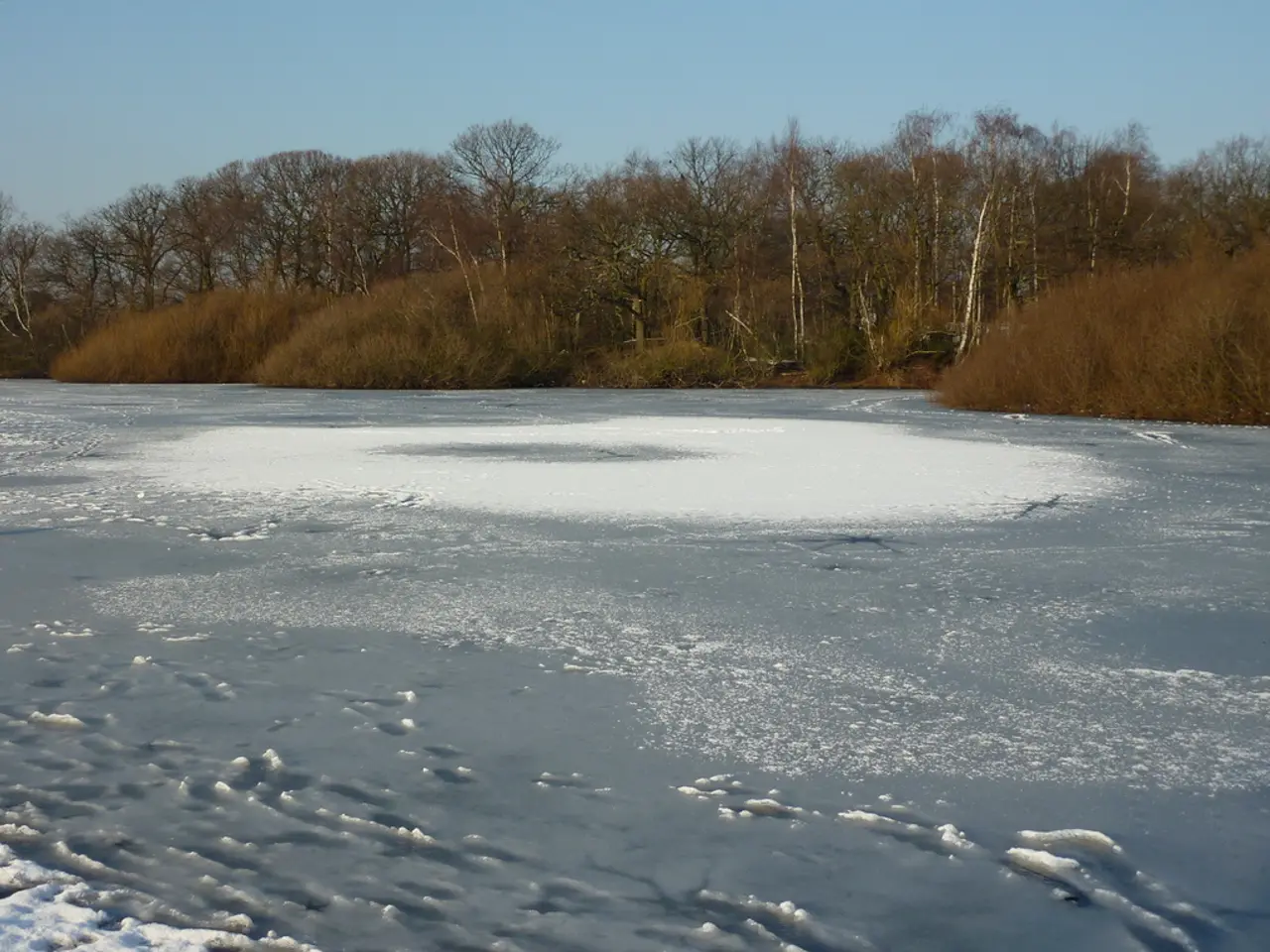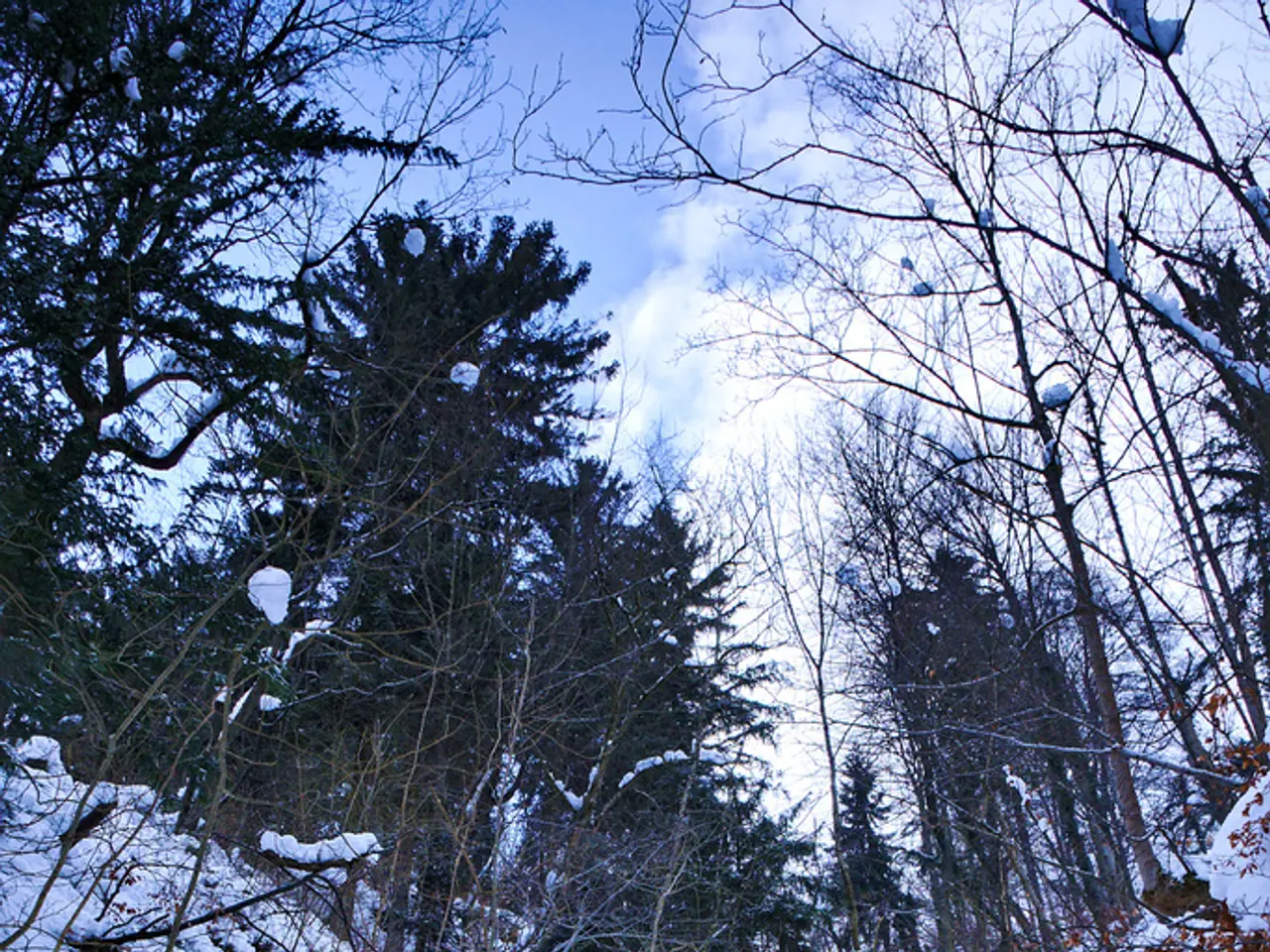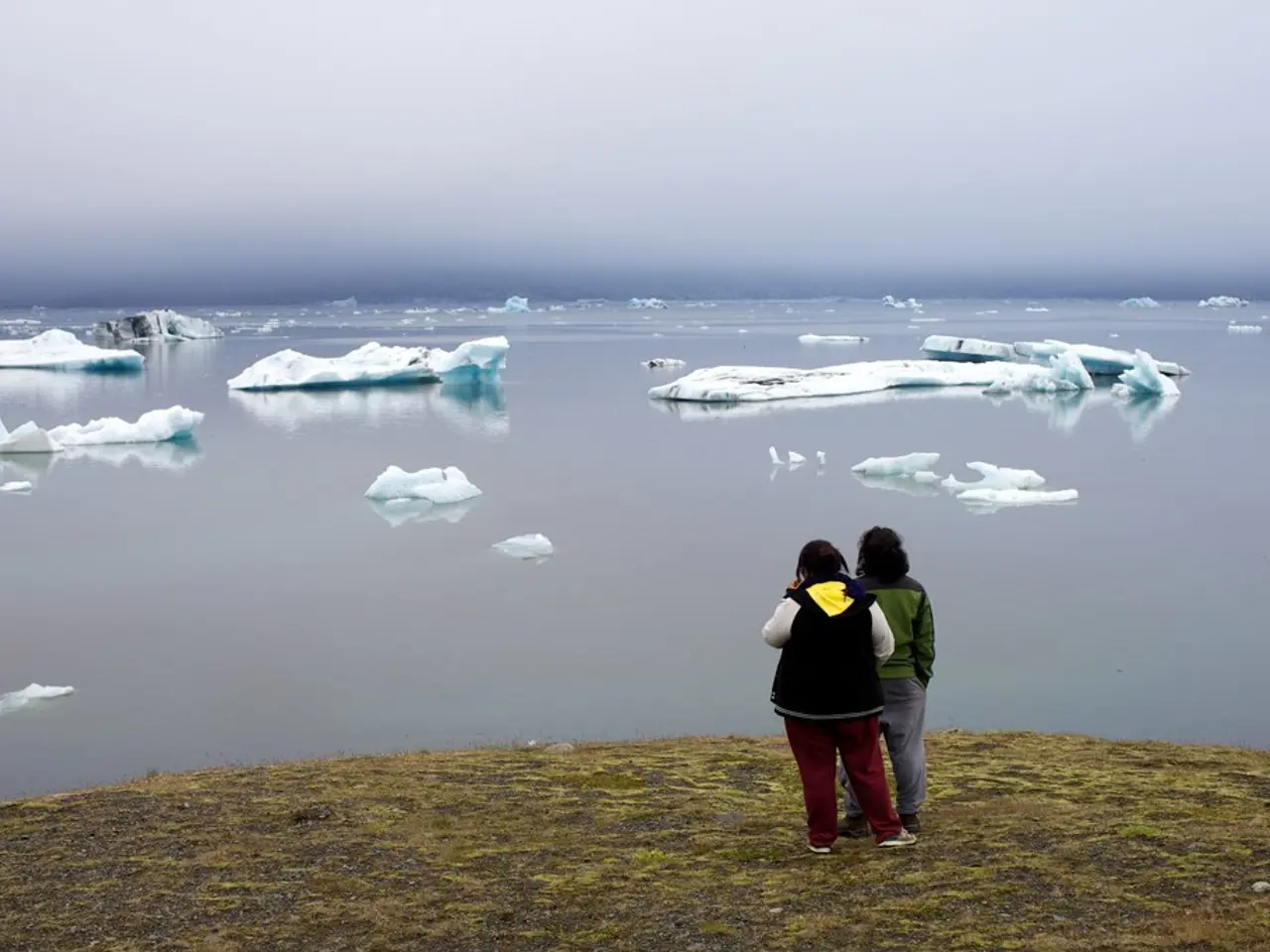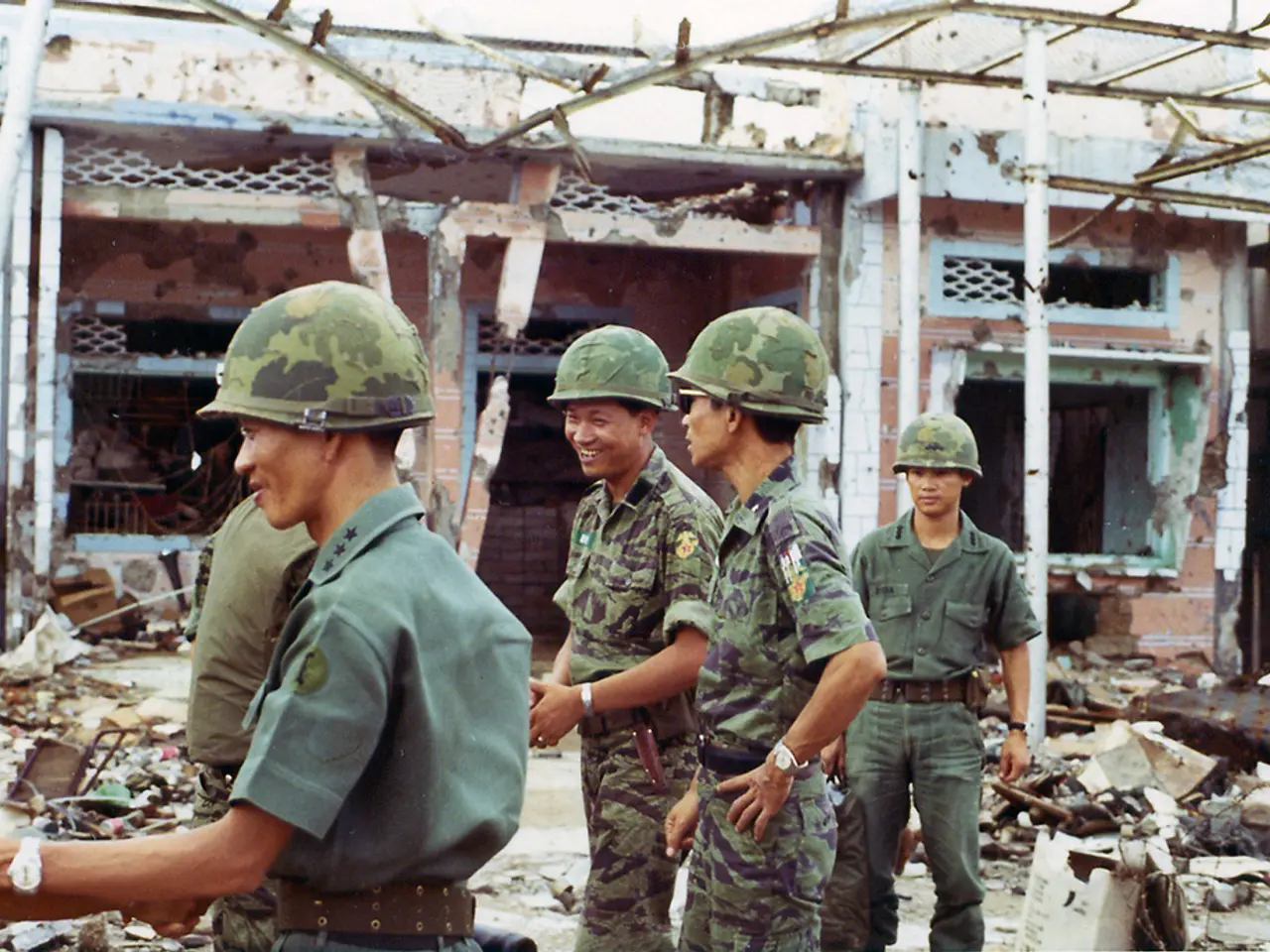'Flash Flood Alley': A Hill Country Region in Texas Frequently Faced with Flooding Crises
The Guadalupe River Basin, colloquially known as "Flash Flood Alley," has a history of being one of the most dangerous regions in the country for flash floods. This region, stretching from Dallas to San Antonio, has witnessed several significant flooding events over the past century.
## 1932 Flood
One of the earliest recorded floods occurred in 1932 when heavy rains caused the Guadalupe River to overflow, resulting in the deaths of seven people and property losses exceeding $500,000, equivalent to $11.8 million today[1].
## 1978 Tropical Storm
In 1978, a tropical storm stalled over the headwaters of the Guadalupe and Medina Rivers, causing a devastating flood that claimed 33 lives and resulted in millions of dollars in damages[1].
## 1987 Flood
The summer of 1987 saw another significant flood event. An intense storm dumped about 11.5 inches of rain, leading to a massive flood in the Guadalupe River, affecting areas like Ingram, Kerrville, and Comfort. Ten teenagers drowned when a church bus attempting to evacuate campers at the Pot O' Gold Christian Camp was swept away by the rapidly rising water[1][4].
## 2021 Flood
The Guadalupe River Basin experienced another catastrophic flooding event in July 2021. Heavy rainfall caused the river to rise significantly, with water levels increasing by about 26 feet in 45 minutes in an area near the site of Camp Mystic[2][4]. This event resulted in at least 119 confirmed fatalities, making it the deadliest freshwater flooding event in Texas since the 1921 San Antonio floods[2][4].
The Guadalupe River Basin's vulnerability to severe flooding can be attributed to its geography and unpredictable weather patterns[3]. The region's shallow soil and clay-rich topography make it difficult to absorb rainfall efficiently, leading to high water runoff and flash flooding. Moreover, the Gulf of Mexico provides an infinite source of moist air, making high rainfall intensities a common occurrence.
These historical flooding events underscore the importance of preparedness and awareness in the Guadalupe River Basin. As the region continues to face the challenges of flash flooding, understanding its history can help in developing effective strategies for mitigation and response.
[1] Texas State Historical Association. (n.d.). Guadalupe River. Retrieved from https://tshaonline.org/handbook/entries/guadalupe-river [2] National Weather Service. (2021, July 27). Flash Flood Emergency for Kerr County. Retrieved from https://www.weather.gov/ews/ExcessiveRainfall_20210727_KerrCounty [3] Texas Floodplain Management Council. (n.d.). Guadalupe River Basin. Retrieved from https://www.tfgmc.org/basins/guadalupe-river-basin [4] National Weather Service. (n.d.). Flood History for Texas. Retrieved from https://www.weather.gov/wrh/flood_history_texas
- The unpredictable weather patterns and climate-change effects contribute significantly to the Guadalupe River Basin's susceptibility to severe flooding, as shown by the region's history of dangerous flooding events.
- Environmental-science studies on the Guadalupe River Basin have revealed the influence of weather-forecasting data on the preparation and response to flooding events, emphasizing the importance of accurate weather predictions for the region.
- Given the economic and human toll of recent floods in the Guadalupe River Basin, travelers should exercise caution during periods of inclement weather, acknowledging the risk of flash floods in the region.
- Scientists and researchers studying climate-change impacts call for further investigations into the long-term effects of continued weather fluctuations on the risks of future flooding events in the Guadalupe River Basin.
